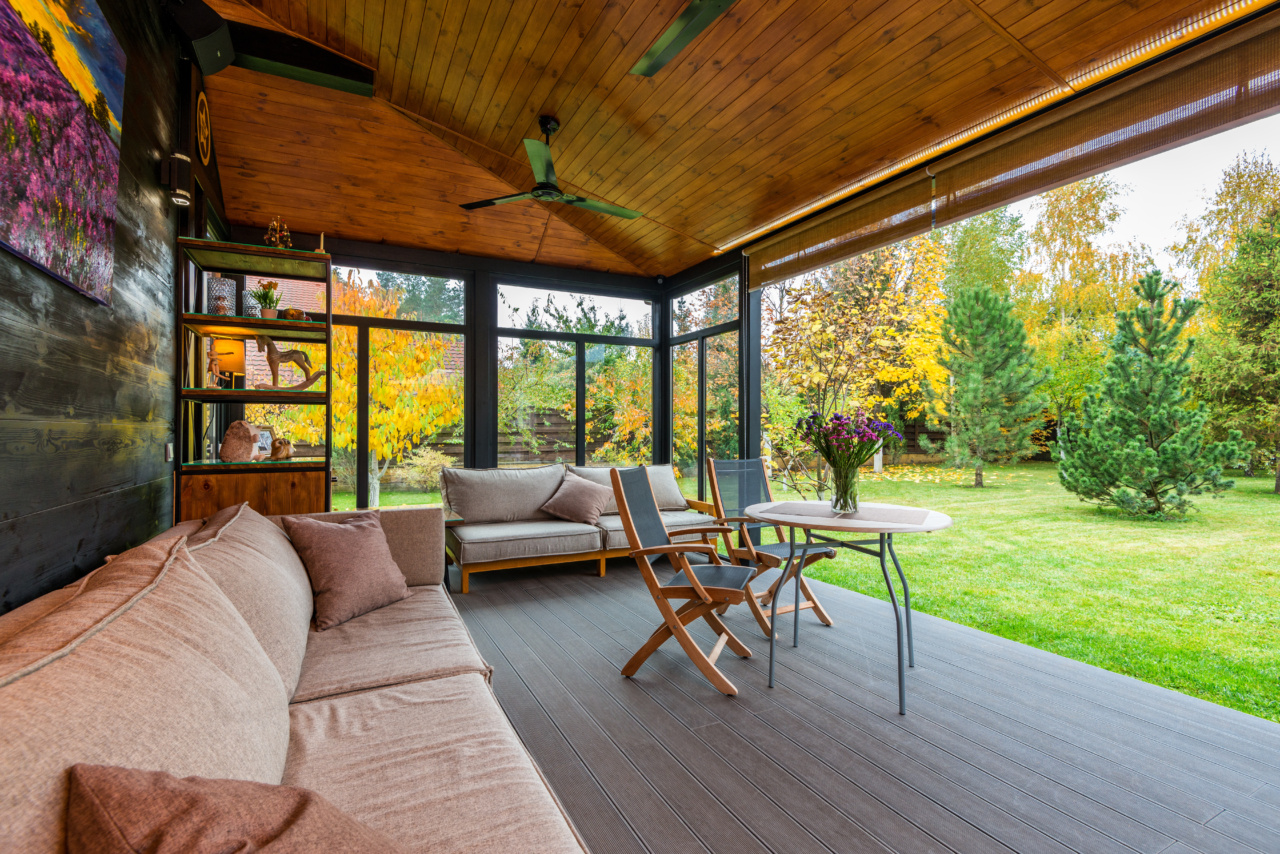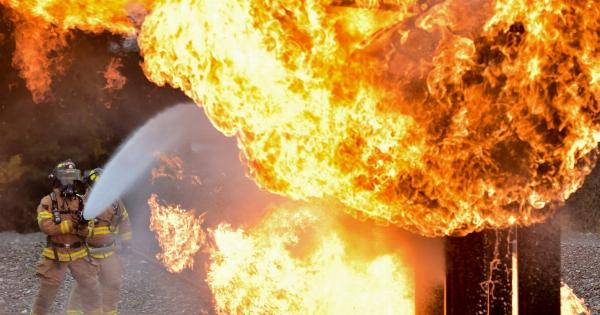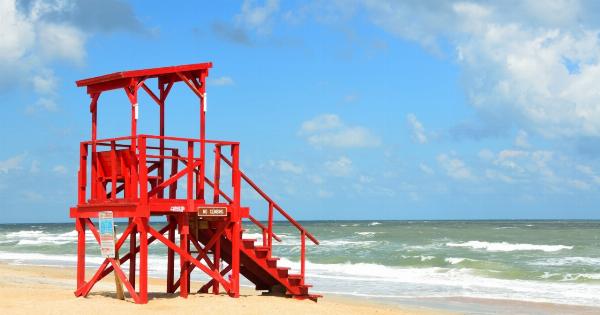As the summer heats up, many of us turn to fans to keep cool and comfortable indoors. While fans are a popular and cost-effective way to beat the heat, it’s important to understand that they also come with potential risks.
Understanding the difference between fan comfort and fan danger can help ensure you stay safe while enjoying the benefits of a refreshing breeze.
The Benefits of Fan Comfort
Fans have long been a go-to solution for staying cool during warmer months. They offer several advantages, such as:.
- Improved airflow: Fans help circulate air, providing a cooling sensation and aiding in sweat evaporation, which can make you feel more comfortable.
- Cost-effectiveness: Compared to air conditioners, fans are more affordable to purchase and operate, making them a budget-friendly option for many households.
- Energy efficiency: Fans typically consume significantly less energy than air conditioners, helping reduce your carbon footprint and lower utility bills.
- Versatility: Fans come in various types and sizes, catering to different needs and spaces. From ceiling fans and box fans to tower fans and desk fans, there’s a fan suitable for every room.
- White noise: Many people find the gentle hum of a fan soothing, making it easier to fall asleep and enjoy a peaceful night’s rest.
Clearly, fans offer many benefits that enhance comfort and provide relief from the sweltering heat. However, it’s crucial to acknowledge the potential dangers associated with their usage, especially when not used responsibly.
The Risks of Fan Danger
While fans are generally safe when used correctly, there are key risks associated with their misuse or improper maintenance. It’s essential to be aware of these dangers to prevent accidents or health issues. Some of the potential risks include:.
- Overheating: Fans should never be left unattended for long periods, particularly in hot environments. If a fan motor overheats, it can pose a fire hazard.
- Electrical hazards: Faulty wiring or damaged electrical cords can cause electric shock or fires. Regularly inspect your fans for any signs of frayed wires or loose connections.
- Fan placement: Improper placement of a fan can lead to accidents, especially if it’s within reach of children or pets. Ensure fans are securely mounted or positioned away from edges and easily accessible areas.
- Dust and allergen buildup: Fans can accumulate dust, pollen, and other allergens over time. Cleaning your fans regularly is crucial to prevent the dispersal of these particles into the air, which can aggravate respiratory conditions or allergies.
- Fan blades: Fans with exposed blades can pose a risk, especially to children or pets who may accidentally touch or insert objects into the moving parts. Consider using fan guards or opting for bladeless fans to minimize this hazard.
Understanding these potential dangers empowers you to make informed decisions when using fans for cooling purposes. By taking necessary precautions and implementing good practices, you can enjoy the benefits of a comfortable and safe breeze.
Safe Fan Usage Tips
Adhering to safety guidelines when using fans can help mitigate risks and ensure a safe cooling experience. Here are some essential tips to keep in mind:.
- Regular maintenance: Clean your fans regularly to remove dust and maintain optimal airflow. Follow manufacturer instructions for disassembly, cleaning, and reassembly to prevent any damage.
- Safe placement: Position fans in areas with adequate space and away from curtains, papers, or other flammable materials. Avoid placing fans near water sources to prevent electric shock.
- Proper cord management: Ensure cords are not tangled or exposed to foot traffic. Avoid placing heavy objects on fan cords and check for any signs of wear or damage. If damaged, replace the cord immediately.
- Supervise children and pets: Keep fans out of reach of young children and pets, or use fan guards to prevent accidents. Educate children about the dangers of touching fan blades or inserting objects into the fan.
- Balance humidity levels: In humid climates, fans alone may not provide sufficient cooling. Use dehumidifiers or consider combining fans with other cooling methods for optimal comfort.
- Safety during sleep: While fans are generally safe to use while sleeping, opt for fans with built-in sleep timers or place fans at a safe distance from your bed to ensure comfort without compromising safety.
By following these safety tips, you can create a more secure environment while enjoying the cooling relief offered by fans.
Conclusion
Fan comfort and fan danger are two sides of the same coin when it comes to staying cool during hot summer months. Understanding the benefits and potential risks associated with fans is crucial for ensuring a comfortable and safe experience.
By practicing responsible fan usage, regular maintenance, and implementing safety guidelines, you can enjoy the benefits of fans while minimizing any potential hazards.
Remember, comfort and safety go hand in hand, so take the necessary steps to keep cool this summer while keeping fan danger at bay.































